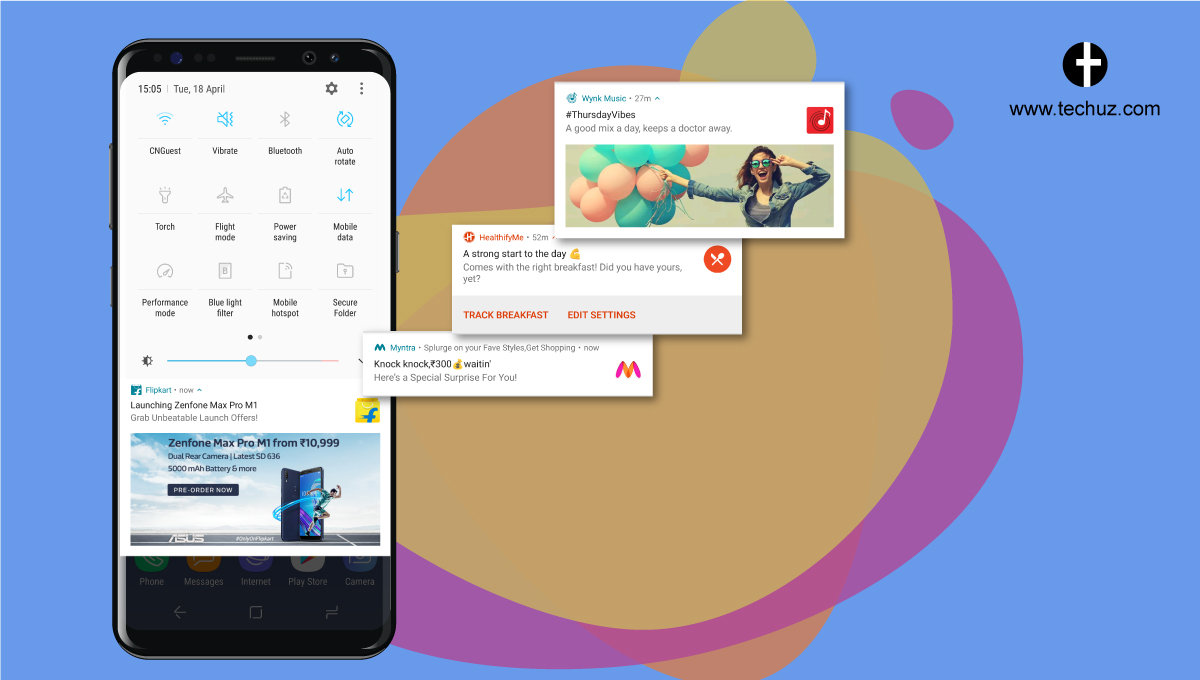Posted on
October 29, 2020
Updated on
March 20, 2024
Read time
 6 mins read
6 mins read
It’s common knowledge that innovation is essential to businesses. It helps keeps them relevant but also facilitates growth.
As the internet becomes more accessible, digital innovation grows in importance. As of July 2020, nearly 4.6 billion individuals actively used the internet.
Nearly 1.8 billion websites currently populate the internet. The total number of mobile apps reached 8.9 million this year.
This saturation means businesses face massive competition for consumers’ attention online. By remaining on the cusp of design trends, businesses may sharpen their competitive edges’.
To help capture consumers’ attention online, businesses should implement the following top UI and UX design trends into their digital products. But first, let’s understand what exactly is UI and UX.
UI Design Versus UX Design
When discussing product design, it’s common to hear people use UI and UX interchangeably. However, they’re distinct concepts. To optimize your product, it’s important to distinguish between the two.
UI, or User Interface, refers to space where humans and machines interact. Broadly, the goal of UI design is to provide users with an intuitive experience.
UI design attends to all the visual and interactive elements of a product’s interface. This includes buttons, icons, space, fonts, and colors. The design generally promotes a brand’s strengths and visual assets.
Similarly, user experience (UX) designers strive to create straightforward products. However, UX refers to an individual’s experience interacting with a product. UX design is less concerned with visuals and more focused on building a product that meets a target audience’s needs.
Following audience research, journey mapping, and interaction analysis, UX designers create wireframes and prototypes. This guides the development of a product.
There’s a deep connection between UI and UX design. They are, however, distinct practices that involve equally important aspects of a product.
By understanding the nuances between UI and UX design, you may be able to create a better product for consumers.
Top 4 UI/UX Design Trends
1. 3D Graphics and Immersive Features
Businesses should implement 3D and immersive elements into their digital products to provide consumers with a compelling experience.
3D graphics may not be new to UI design. In fact, the earliest forms of 3D graphics for websites date back to 1994 with Virtual Reality Markup Language (VRML).
However, the advancement of AR and VR technologies heightens the feature’s impacts. The combination of 3D animations and immersive technologies provides an opportunity to create mesmeric visuals for users.
The popularity of 3D graphics and animations has increased across product segments. Notable brands such as Apple, Sony, and Gucci leveraged 3D animations to launch products.
In 2019, Gucci created an immersive online catalog to present their new handbag collection in 3D.

(Source: Gucci)
Users scroll to access a 360-degree view of the product. The interactive experience encourages users to spend more time on the site and, hopefully, make a purchase.
3D animations such as a 360-degree video establish visual appeal and invite consumers to directly interact with your products directly. A better website earns credibility with consumers, which may generate greater financial returns.
2. Increased Customer Voice in Copy
Businesses should craft UX writing with the tone and voice of customers to better engage them.
Your website’s copy not only defines your brand voice and tone but also serves as a powerful channel for customer engagement.
You should identify your customer’s voice and then integrate it into your UX writing. To identify your audience’s voice, you could conduct a survey or read customer reviews.
This may reveal specific challenges to which you can directly speak in your copy. You can then tailor the copy to specific points in your customer journey, which may encourage them to travel further down the funnel. It also integrates them into your brand, its history, and its future to deepen a bond.
As this is based on your customers’ voices, this communication style’s less formal and unique. An informal tone presents a familiarity, especially if you create a dialogue.

(Source: Medium.com)
Medium speaks directly to a user’s pain point by acknowledging the distraction through an apology. The website then further speaks to its audience by encouraging readers to continue engaging with the content using casual terms for a relationship: “make it official.”
By speaking their language, you demonstrate that you understand your audience and deepen your relationship with it.
3. Creative Data Visualizations
Businesses should take advantage of technological advancements to produce innovative data displays that engage consumers.
The increased accessibility of interactive and immersive technologies enables designers to develop data visualization strategies to show rather than tell consumers the value of your solutions.
A combination of WebGL and 3D technology is one way to impactfully display data. Using the solution, you may assess data sources, filter one, and then create a data visualization that surpasses out-of-date graphics such as tables, databases, and lists.
Abstract data visualizations may be particularly useful for tech-driven websites. QR code payment platform, Mogney, demonstrates its product through interactive visuals.

(Source: Mogney.com)
Rather than blocks of text and stagnant images, the website illustrates its product through abstraction visual techniques. This creates depth and offers a unique experience to users to encourage engagement.
4. Voice Interactions
Businesses that integrate voice user interfaces into their products may sharpen their competitive edges by creating a better experience for users.
More and more devices feature voice UIs, which enables users to interact with them through voice or speech commands. This increased accessibility results in voice search’s ubiquity: about 30% of all searches will be done without a screen this year.
While most commonly associated with smart home speakers, you can also design voice user interfaces a variety of products. As more consumers integrate voice search into their daily lives, it may become an expected product feature.
Voice user interface design is especially important for mobile applications. A majority (85%) of people use voice technology on their smartphones.
Voice commands also make your product more accessible. The design interface increases your product’s convenience, allowing consumers to use it when touch isn’t practical.
It also expands your product to people with disabilities. More than a quarter (26%) of adults in the U.S. have a form of disability. By designing a voice user interface, you enable a larger audience to interact with your product.
Businesses should implement voice user interfaces into their products to remain ahead of the design curve.
Adapt Products to UI and UX Design Trends
UI and UX design trends demonstrate improvements in products’ visual appeal and performance. To maintain a competitive advantage, businesses should implement these trends.
Leverage the advancement of immersive and 3D technologies to create a powerful experience for users.
You should infuse your UX writing with your customers’ voice to not only remain on-trend but also connect with your audiences.
To encourage consumer engagement, you can integrate unique data visualizations into your products.
You may broaden your audience and satisfy users’ expectations by designing voice UIs for your products.








